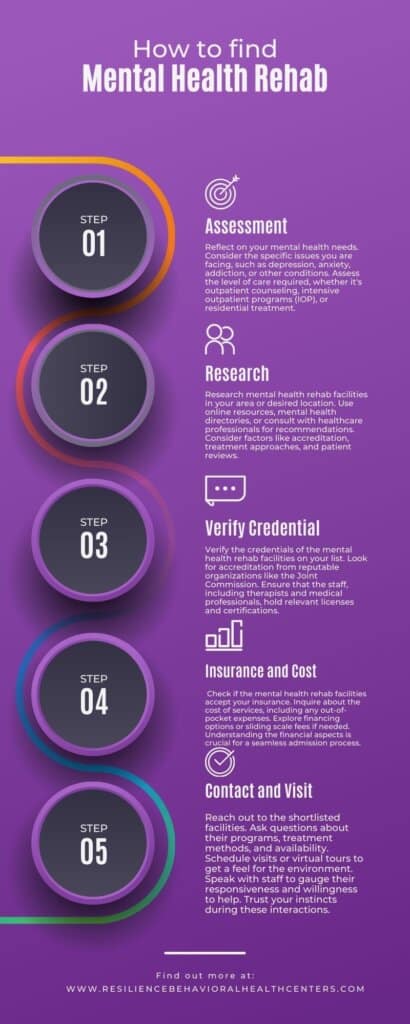Virtual Support: The Rise of Teletherapy in Mental Health Rehab
Enhanced accessibility, convenience, and no stigma baggage are only a few of the gazillion benefits of teletherapy. Mental health rehab institutions in Massachusetts know this; because why else would they incorporate this innovation into their treatment methods?
We did see a boom in online-based work solutions in the 2020 pandemic, and today it has only left us wondering: why didn’t we establish it sooner? People in the U.S. agree with this as 74% of mental health–related bookings were virtual. And the number has only increased since then, with 85% in May 2021 and 87% in May 2022.
Ahead are the top 10 reasons why Virtual Support has been rising continually and is here to stay.
Top 10 Powerhouse Triggers Behind The Rise Of Teletherapy
- It breaks down geographical areas, making the service available in remote and underserved areas.
- Eliminates the need for travel, making virtual sessions super convenient for everyone.
- Empowers beyond physical limitations, enabling accessibility for people with physical limitations.
- Flexible scheduling allows individuals to receive therapy at times that suit their daily routines.
- Feasible for people with busy schedules – the absence of commute time makes it more feasible for those with busy schedules to prioritize mental health.
- Makes it easy to attend therapy regularly – since there’s no travel time and scheduling overhead.
- Offer superior privacy and anonymity which helps in reducing the perceived stigma with seeking mental health support.
- The secure and familiar environment of the home makes it easy for individuals to discuss their personal matters.
- Accommodates diverse therapeutic modalities including cognitive-behavioral therapy, talk therapy, and support groups.
- Cost-effective for both the clients as well as individuals as it eliminates the need for travel and costs associated with maintaining a physical office space.

Is Virtual Support Picture-Perfect, No Hiccups?
Unless we can find an ideal world, nothing is perfect; which is true for teletherapy as well. Besides, if we lived in an ideal world, we wouldn’t need any sort of rehab therapy in the first place.
One of the shortcomings of virtual support is that it overlooks the body language. Sometimes, facial expressions, vocal signals, or signals from body language can be hard to pick in teletherapy. This is especially true if the patient and the therapist are pursuing a text-based therapy mode.
These signals can be quite telling and present triggers that pave the way toward identifying the root causes. As Mobius said: What makes a Loki tick?, these signals present the information for a better more result-oriented therapy.
Unfortunately, this is a feature that might be missing in virtual support, but guess what? That’s where BIG-DATA comes in from social media, search history, and browsing patterns, comes in to tackle this problem.
Click here to read more on innovations in mental health rehab that help tackle the flaws of teletherapy in Massachusetts.

